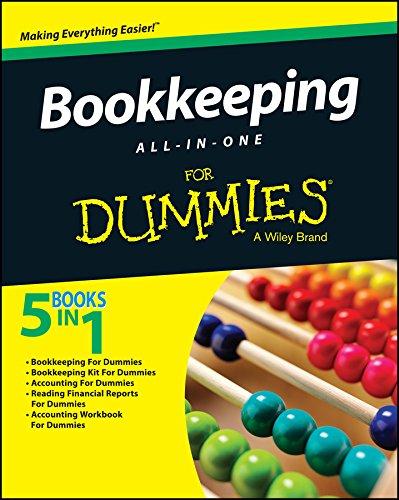Question
Question 1 Accounting Measurement Systems [20 marks] Part A On 1 January 2019, George commenced a retail business, which buys and sells fuel. He started
Question 1 Accounting Measurement Systems [20 marks]
Part A
On 1 January 2019, George commenced a retail business, which buys and sells fuel. He started the
business by investing personal savings of $20, 000. The entire amount was utilized to purchase fuel
at a cost of $2.00 per litre. During the year, all the fuel was sold for $2.50 per litre. By the end of the
year, the cost of the fuel was $2.10 per litre.
Required
Using current cost accounting, calculate the maximum dividend the business can pay out while still
maintaining its:
a) Financial capital [3 marks]
b) Physical capital [3 marks]
Part B
Pitt Limited has 3 non-current assets as shown in the table below. It uses the straight line
depreciation method.
Asset Date of
Acquisition
Depreciation
Rate
Current Cost Selling Price
01.01.18 31.12.18 01.01.18 31.12.18
Equipment 01.01.15 10% 300, 000 330, 000 250, 000 275, 000
Land 01.01.14 N.A 200, 000 250, 000 220, 000 260, 000
Vehicle 01.01.18 20% 100, 000 80, 000 90, 000 70, 000
Required
a) Calculate depreciation on the vehicle for 2018 using
(i) current cost [2 marks]
(ii) exit pricing [1 mark]
b) Calculate the closing balance for each class of non-current asset (after deducting accumulated
depreciation) using
(i) current cost [4 marks]
(ii) exit pricing [3 marks]
c) With reference to the non-current assets in the table above, briefly outline one benefit and one
challenge of applying fair value measurement in a Pacific Island Country like Fiji. [4 marks]
Question 2 Positive Accounting Theory [20 marks]
Part A
The Principal-Agent relationship is very important in modern day business.
Required
a) Explain two agency problems of debt [6 marks]
b) Briefly outline how debt-holders can mitigate one of the problems outlined above [2 marks]
Part B
Elizabeth is the CEO of Spark International Limited. She is entitled to receive a fixed bonus of
$100,000 if the business achieves or exceeds the annual profit target. Otherwise she receives no
bonus.
2016 2017 2018
Profit Target $2, 000, 000 $2, 000, 000 $2, 000, 000
Calculated Profit $2, 200, 000 $1, 998, 000 $500, 000
Variance $200, 000 $2, 000 $1, 500, 000
Required
a) Explain the meaning of "earnings management" [3 marks]
b) Suggest the most likely behavior of the CEO in relation to the profit target for:
(i) 2016 [3 marks]
(ii) 2017 [3 marks]
(iii) 2018 [3 marks]
Question 3 Social and Environmental Accounting [20 marks]
Part A
Large firms are gradually adopting voluntary disclosure of the impacts of social and environmental
issues.
Required
Use both branches of stakeholder theory to explain why firms may engage in voluntary disclosure
of social and environmental issues such as climate change [10 marks].
Part B
The banking sector occasionally faces allegations of excessive interest rates and unreasonable bank
fees. It may also be perceived as failing to support certain groups in the population and certain
sectors of the economy.
Required
Use legitimacy theory to explain some of the strategies that a bank might adopt in light of such
allegations [10 marks].
Question 4 Behavioral Accounting Theory [20 marks]
James is evaluating shares in several companies, with a view to investing in one or more of them.
He intends to use a financial investment model to assist him in the decision making process.
Required
a) Explain how James can apply the Brunswick Lens Model to make his investment decision [10
marks]
b) Alternatively, James can use decision-making heuristics. Explain two such heuristics and how
James can apply them to make his investment decision [10 marks]
Question 5 Culture and Harmonization [20 marks]
International Financial Reporting standards (IFRS) govern financial disclosures.
a) Discuss the core accounting values embedded in IFRS (Hint: Use Gray's sub-cultural
dimensions) [10 marks].
b) Chand and White argue that IFRS for Small and Medium Entities (SMEs) may not be relevant
for Pacific Island Countries. Explain the basis of their arguments, citing relevant examples
Step by Step Solution
There are 3 Steps involved in it
Step: 1

Get Instant Access to Expert-Tailored Solutions
See step-by-step solutions with expert insights and AI powered tools for academic success
Step: 2

Step: 3

Ace Your Homework with AI
Get the answers you need in no time with our AI-driven, step-by-step assistance
Get Started


